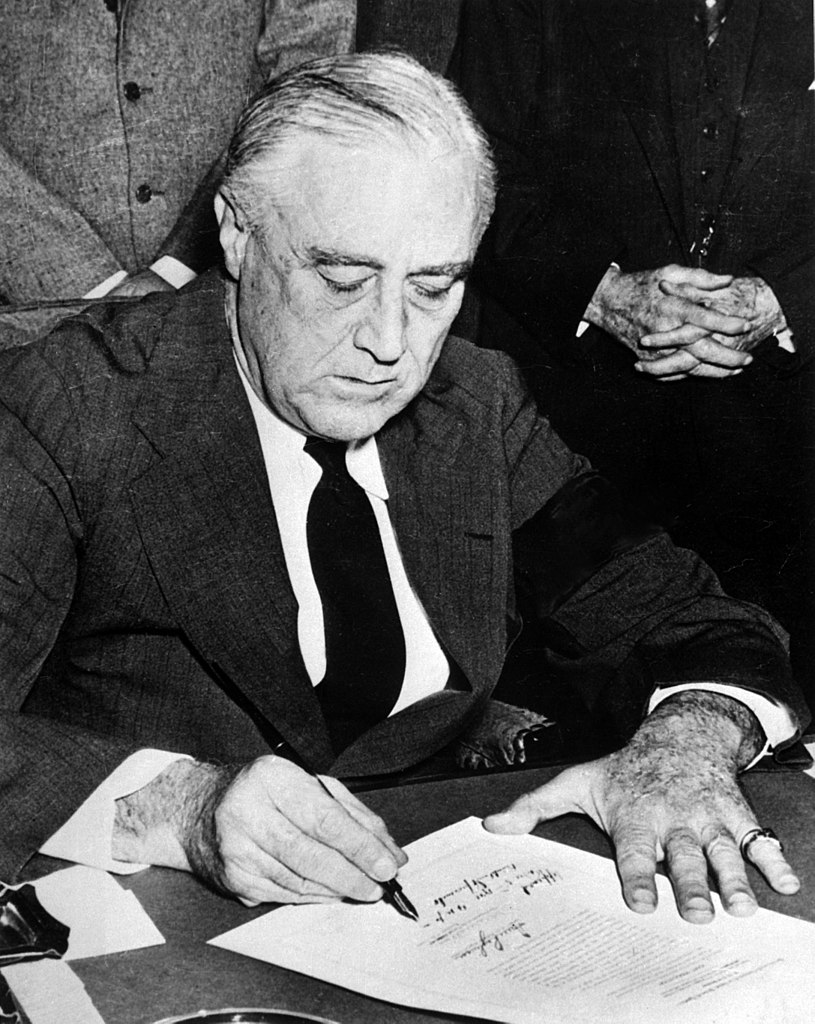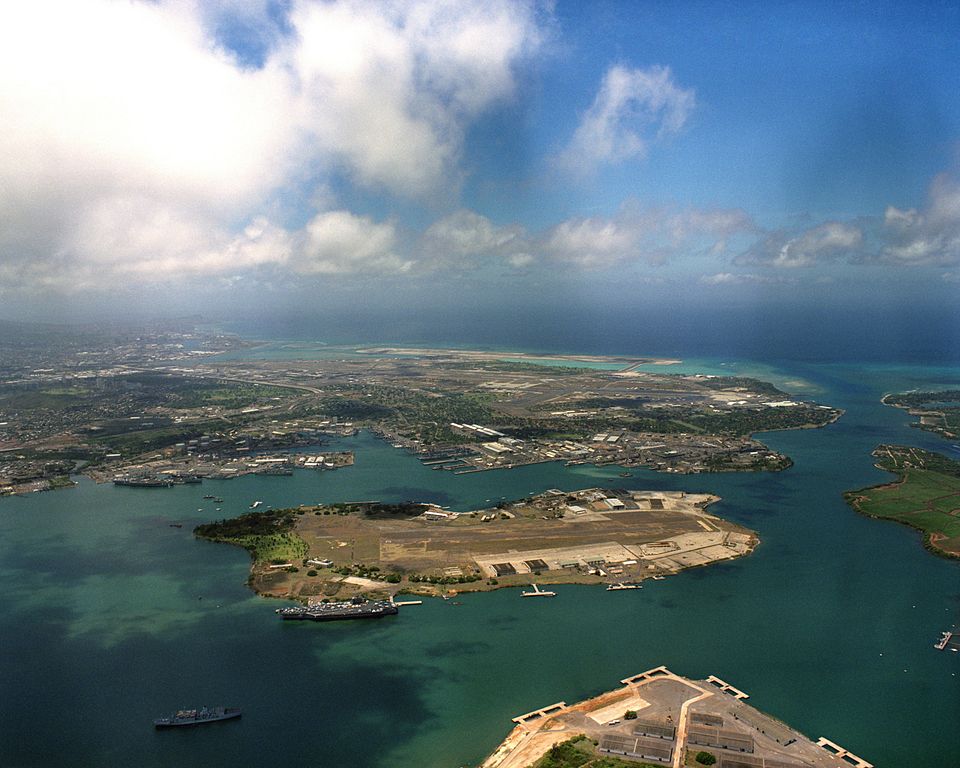Pearl Harbor Today and 76 years ago: Called Pu'uloa, meaning "long hill," or Wai Momi, literally, "water of pearl," by early Hawaiians, Pearl Harbor, so named because of the abundance of pearls once found within its protected waters, is the largest natural harbor in the State of Hawaii and the number one visitor destination on Oahu... and the site of "a day that will live in infamy."
Today, Pearl Harbor remains an active military base, Headquarters of the Pacific Fleet, and a National Historic Landmark that's home to four unique attractions: from the surprise attack on Pearl Harbor that started it all, to the surrender of the Japanese on the deck of the mighty Battleship Missouri, these historic sites together tell the story of the War in the Pacific, commemorating the accomplishments of a previous generation.
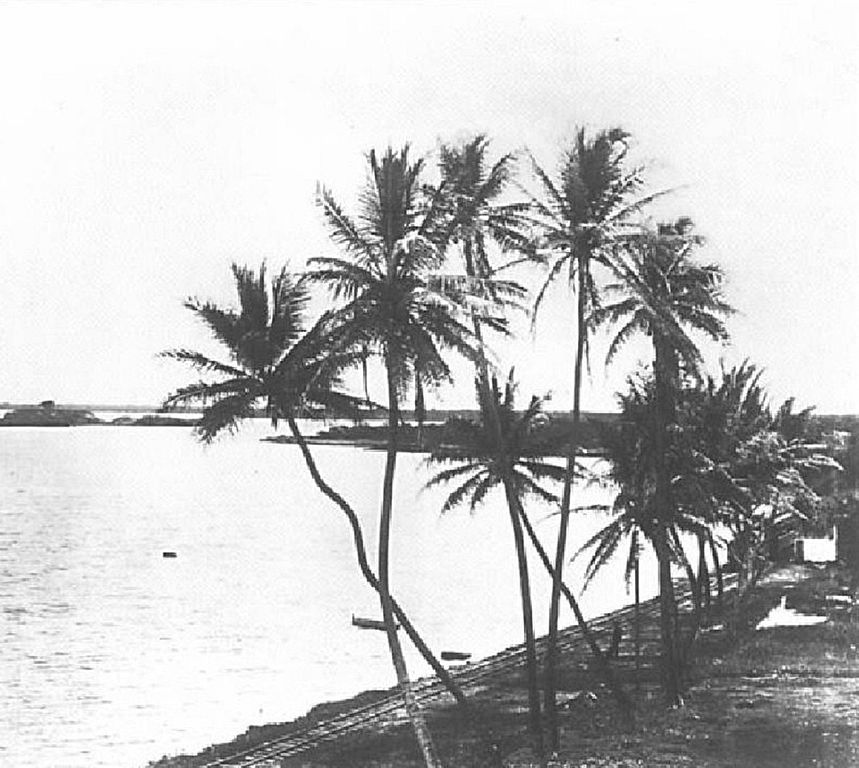
Located on the island of Oahu, "The Gathering Place," halfway between Japan and the mainland United States, Pearl Harbor will always be a welcoming place where survivors of the attack can reflect on the events which led to the war and which had such a profound impact on the lives of an entire generation.
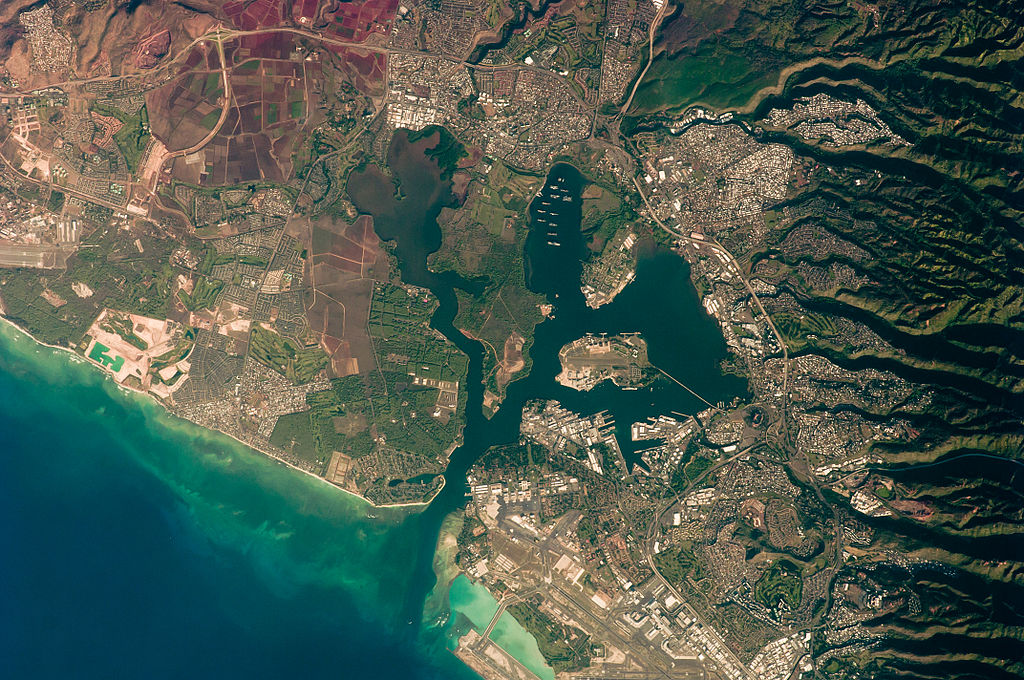
The USS Arizona Memorial is built over the remains of the sunken battleship USS Arizona, the final resting place for many of the 1177 crewmen killed on December 7, 1941 when their ship was bombed by the Japanese Naval Forces. This loss of life represents over half of the Americans killed during the worst naval disaster in American History. Click here for information on the USS Arizona Memorial.
1941, Pearl Harbor Bombed: From History.com... At 7:55 a.m. Hawaii time, a Japanese dive bomber bearing the red symbol of the Rising Sun of Japan on its wings appears out of the clouds above the island of Oahu. A swarm of 360 Japanese warplanes followed, descending on the U.S. naval base at Pearl Harbor in a ferocious assault. The surprise attack struck a critical blow against the U.S. Pacific fleet and drew the United States irrevocably into World War II.
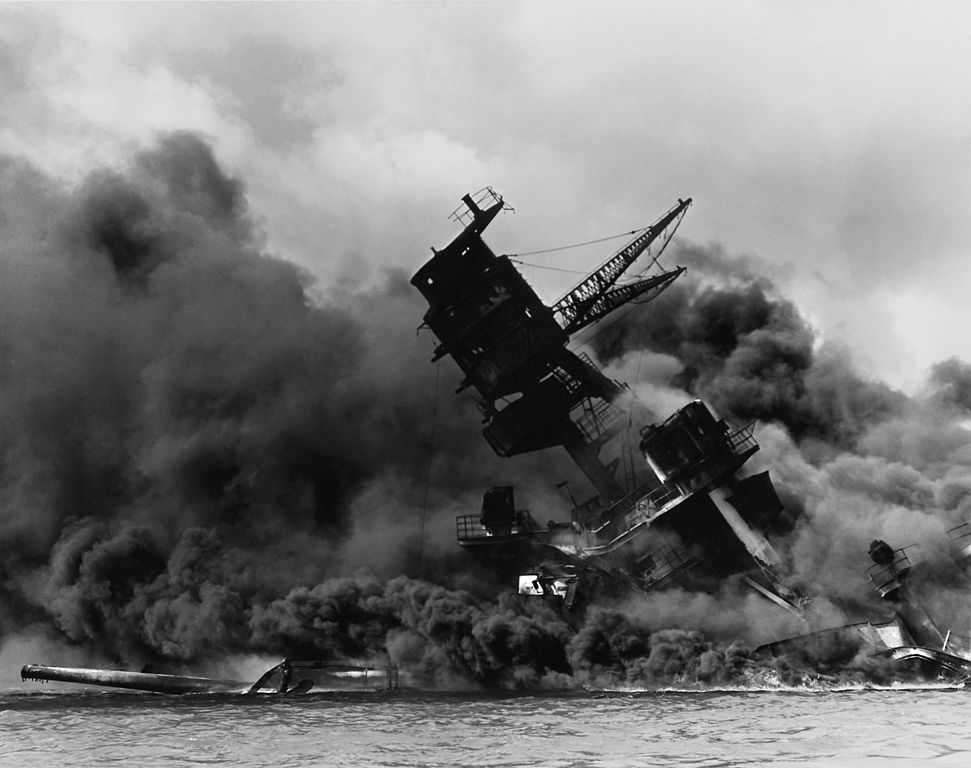
With diplomatic negotiations with Japan breaking down, President Franklin D. Roosevelt and his advisers knew that an imminent Japanese attack was probable, but nothing had been done to increase security at the important naval base at Pearl Harbor. It was Sunday morning, and many military personnel had been given passes to attend religious services off base. At 7:02 a.m., two radar operators spotted large groups of aircraft in flight toward the island from the north, but, with a flight of B-17s expected from the United States at the time, they were told to sound no alarm. Thus, the Japanese air assault came as a devastating surprise to the naval base.
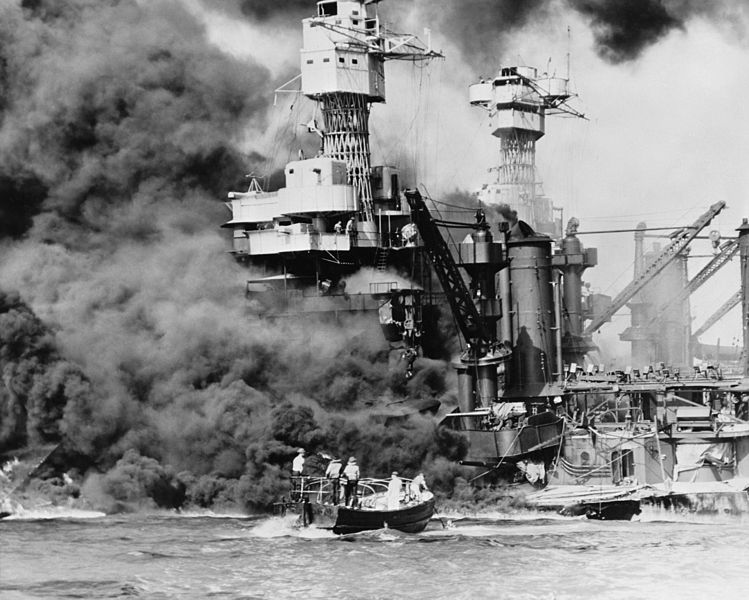
Much of the Pacific fleet was rendered useless: Five of eight battleships, three destroyers, and seven other ships were sunk or severely damaged, and more than 200 aircraft were destroyed. A total of 2,400 Americans were killed and 1,200 were wounded, many while valiantly attempting to repulse the attack. Japan’s losses were some 30 planes, five midget submarines, and fewer than 100 men. Fortunately for the United States, all three Pacific fleet carriers were out at sea on training maneuvers. These giant aircraft carriers would have their revenge against Japan six months later at the Battle of Midway, reversing the tide against the previously invincible Japanese navy in a spectacular victory.
